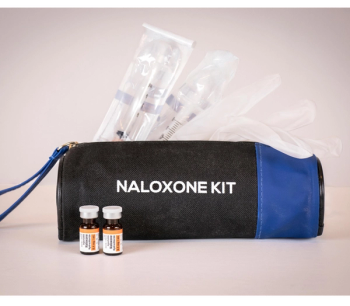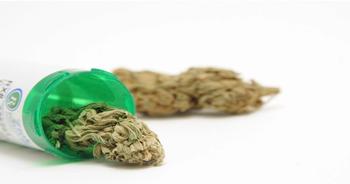
Pharmacists are uniquely qualified to ensure patients receive sufficient pain relief.

Pharmacists are uniquely qualified to ensure patients receive sufficient pain relief.

Pharmacists, nurses, and physicians work together to combat the overuse of powerful pain relievers.

Tramadol hydrochloride (Qdolo; Athena Bioscience) oral solution is indicated for use when pain is severe enough to require an opioid analgesic and for which alternative treatments are inadequate.

In a collaborative effort, the American Pharmacists Association and Walmart are offering free online training on opioid stewardship to all pharmacists and pharmacy technicians.

The COVID-19 crisis poses unique challenges for managing controlled substances in hospitals.

The opioid’s indication was based on several randomized controlled trials, where patients reported decreased pain.

The grants are part of the administration’s continuing focus on rural health initiatives.

Responding to growing interest by industry stakeholders, the agency has offered draft guidance outlining quality considerations and other practical recommendations for cannabis and cannabis-derived compounds.

Health care professionals should consider prescribing naloxone to patients taking prescribed opioids who are at increased risk of opioid overdose, according to the FDA.

Eighty-one percent of opioid abuse referrals to post-acute care facilities in Massachusetts were rejected, investigators found.

An inside look at the process from prescription to dispensing.

Once largely stigmatized, illicit substances are breaking into the field of pain management.

A new study found increased plaque buildup levels in women with HIV who also suffered from persistent depression and stress.

Research has found that women receive higher rates of opioid prescriptions than men; a new study identifies why that may be.

NACDS is urging the Drug Enforcement Administration to make electronic prescriptions for controlled substances mandatory.

A systematic review of medical cannabis and cannabinoid use in oncology care demonstrated varied results.

A recent study included interviews with pharmacists in rural Kentucky counties regarding pharmacy-level barriers to opioid use disorder treatment.

In 2010, nearly 43 million of adults living in the United States, or approximately 20%, took aspirin a minimum of 3 times per week for 3 months or more.

Obesity may contribute to incident long-term prescription opioid use due to underlying pain conditions.

Combating the opioid epidemic is a popular cause, and many organizations, government entities, and health care groups have responded.

Advil Dual Action, an ibuprofen and acetaminophen fixed-dose combination, has been approved as an OTC product for pain relief.

Regardless of naloxone availability, rural pharmacies can serve as an educational resource for individuals seeking access to the medication.

Patients receiving methadone treatment are at most risk of overdosing during the first 4 weeks of treatment initiation and following the end of treatment.

Special consideration for pain management in patients with cancer.

A UMass Memorial telehealth-based program connects patients with credentialed clinicians who can prescribe medication-assisted treatment for opioid use disorder.